We tour the ‘real’ Brideshead, and stop off at other locations thought to have inspired the most famous houses in literature in Britain
Words: Eleanor Doughty
Famous houses in literature: Castle Howard
The tale of Brideshead Revisited, Evelyn Waugh’s iconic novel about the English aristocracy, is one as old as time. Middle-class boy meets charming aristocrat, falls in love… to say any more would spoil it. But Brideshead is more than just a story about Charles Ryder. It is a story of a house, Brideshead Castle.
Today, Brideshead is best associated with one house: Castle Howard in North Yorkshire, home of the Howard family for over 300 years. Built by Sir John Vanbrugh, it took over a century to complete. In 1978 television production company Granada asked to film an adaptation of Waugh’s novel at the house, for Castle Howard was the closest house they could find to Brideshead.
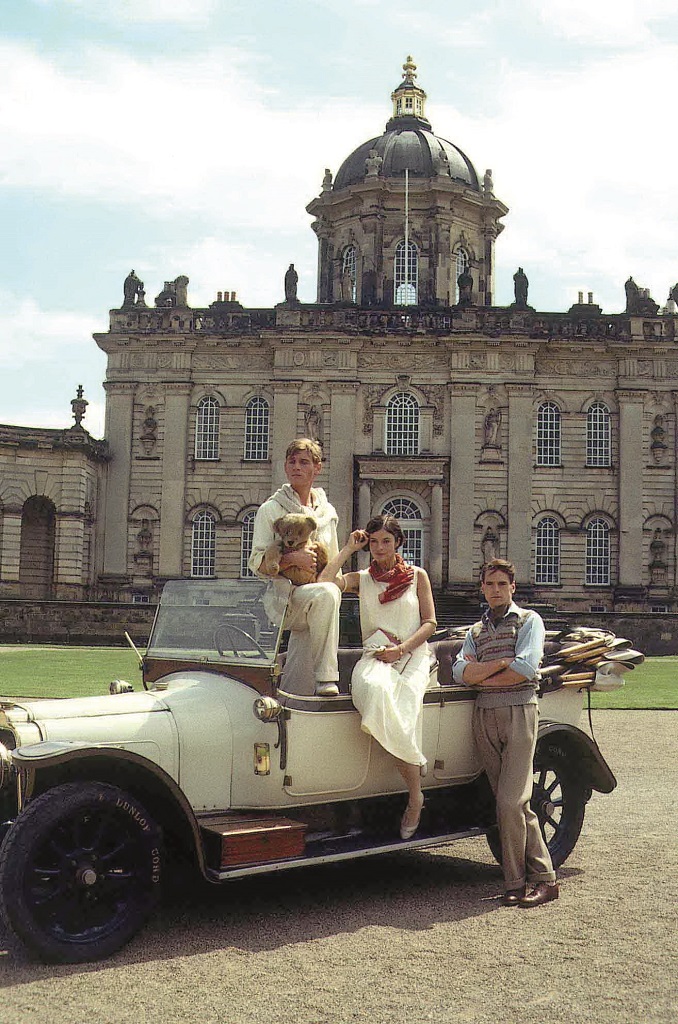
A Baroque house was needed, and few had the necessary dome, says Dr Christopher Ridgway, curator at Castle Howard. “That ruled Castle Howard in.” Waugh had visited the house in 1937, but it wasn’t until publication of his friend Christopher Sykes’ biography in 1976 that the connection was made. “I fancy that a strong contribution was made by Castle Howard,” wrote Sykes. And so Castle Howard became Brideshead for an 11-episode series in 1981. For so many of the 220,000 people that visit Castle Howard every year, Brideshead is real.
One might presume that if Brideshead was Castle Howard, then the Flyte family of the novel – the Marquess and Marchioness of Marchmain and their children – must be the Howards. But Waugh had in mind the Lygon family of Madresfield Court in Worcestershire, having known the two elder sons – William, Viscount Elmley, and the Hon. Hugh Lygon – from Oxford. They had four sisters – Ladies Lettice, Sibell, Mary and Dorothy – and a younger brother, the Hon. Richard, whose granddaughter lives at Madresfield today.
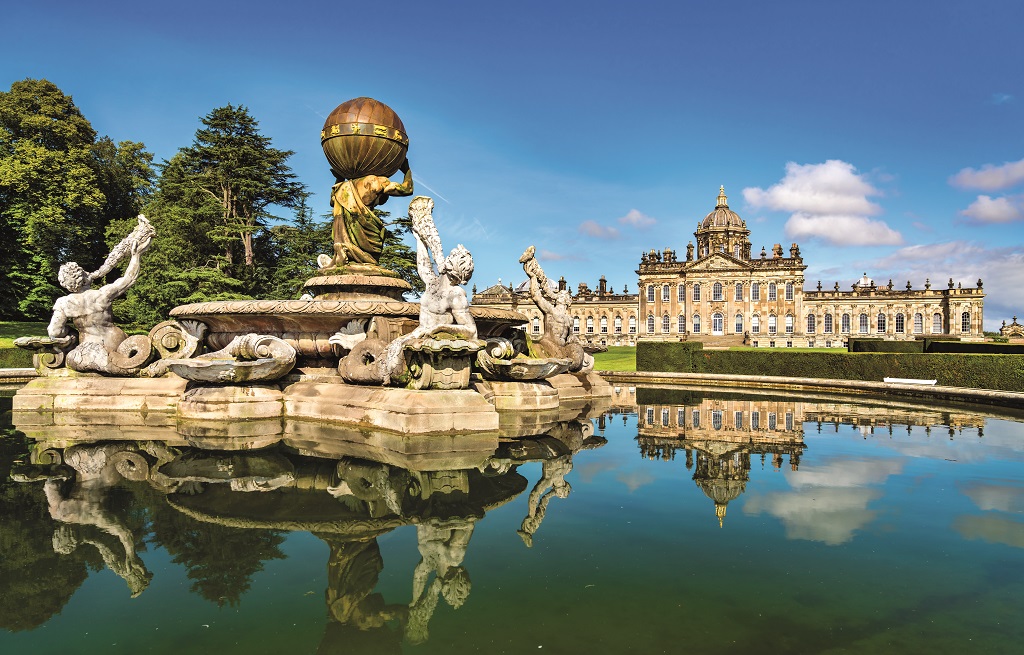
Waugh first visited Madresfield in 1931, shortly after William Lygon, 7th Earl Beauchamp, had been exiled to Europe, having been exposed as a homosexual by his brother-in-law the 2nd Duke of Westminster. Lord Beauchamp’s exile – and his wife’s departure to her brother’s estate – had left the children with the run of the medieval manor.
Life at Madresfield was grand. The front doors did not have locks on them, for the house had never been left unoccupied, and the family travelled from Madresfield to their house on Belgrave Square by private train. Lord Beauchamp addressed his children by their titles, but read kindly to them. Lady Beauchamp spent her time correcting “the titles by which she was addressed on the envelopes of that day’s post”, Jane Mulvagh explains in Madresfield: the Real Brideshead. She disliked guests, and only “liked babies until they are two”, according to Lady Sibell. She was, her granddaughter said, “one pheasant short of a brace”. And so the dysfunctional Flytes were born.
Similarities ran deep between the Flytes and the Lygons. The heirs Elmley and Bridey both married widows, while Lady Mary ‘Maimie’ Lygon, a potential wife of the future George VI, had, thanks to her father’s scandal, a “faint shadow on her that unfitted her for the highest honours”, as Waugh writes of Lady Julia Flyte.
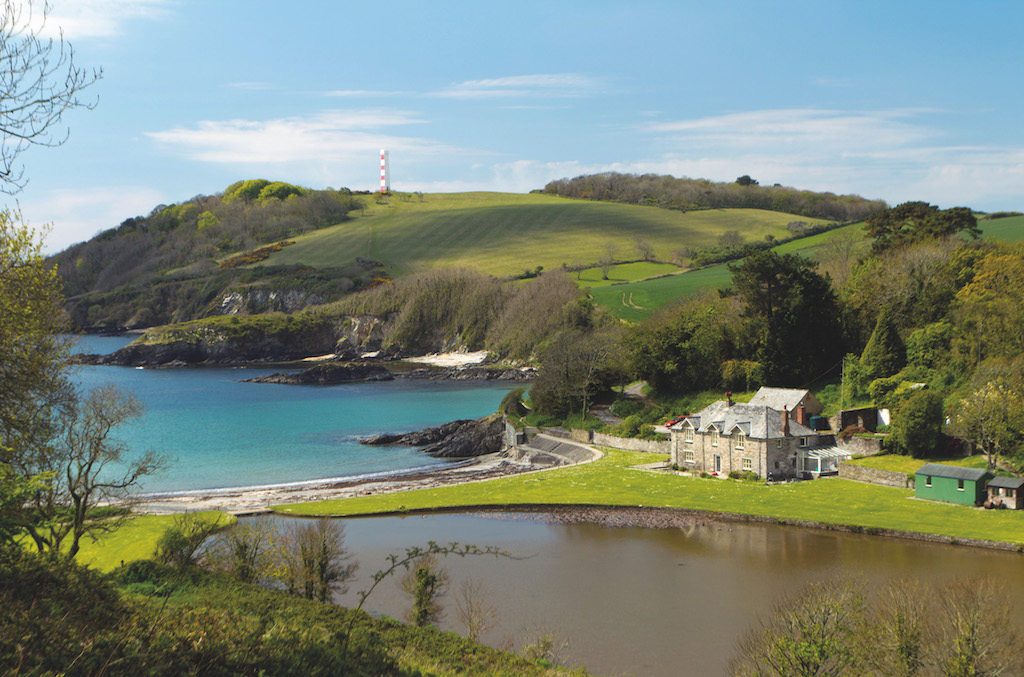
Both Hugh Lygon and Sebastian Flyte carried a teddy bear around Oxford, while Lady Beauchamp found a twin in the “pious” Lady Marchmain. Waugh’s friends spotted the connections. Nancy Mitford put it simply: “It is the Lygon family.”
But Madresfield itself was not Brideshead. The house of Waugh’s imagination had a terrace that “stood on massive stone ramparts above the lakes”, while Madresfield is moated, with crow-stepped gables. Inside, “the visitor tumbles unexpectedly – like Alice – from a small room to a huge one and then on to a tiny one”. Charles Ryder describes life at Brideshead as an “aesthetic education”, while Sebastian notes that it is “where my family live”, and not, as Charles reflects, “my house”.
Famous houses in literature: Menabilly
Daphne du Maurier was similarly influenced by houses she knew well. Writing Rebecca in 1938 she had two houses in mind – Menabilly in Cornwall, home to the Rashleigh family since the 16th century, and Milton Hall, the Cambridgeshire home of the Fitzwilliam family.
“She kissed the house and told us it was her favourite place,” remembered du Maurier’s daughter Flavia Leng of Menabilly. Du Maurier had visited Milton during the First World War, recalling that “the drive curved, and suddenly it was before us, long, grey-walled, stone, stretching endlessly”. On the first page of Rebecca, du Maurier credits this grey stone, “shining in the moonlight of my dream”.
Famous houses in literature: Sudeley Castle
PG Wodehouse’s most famous fictional house, Blandings Castle, make its first appearance in Something Fresh (1915): “Against the pale gray sky Blandings Castle stood out like a mountain. It was a noble pile, of Early Tudor building.”
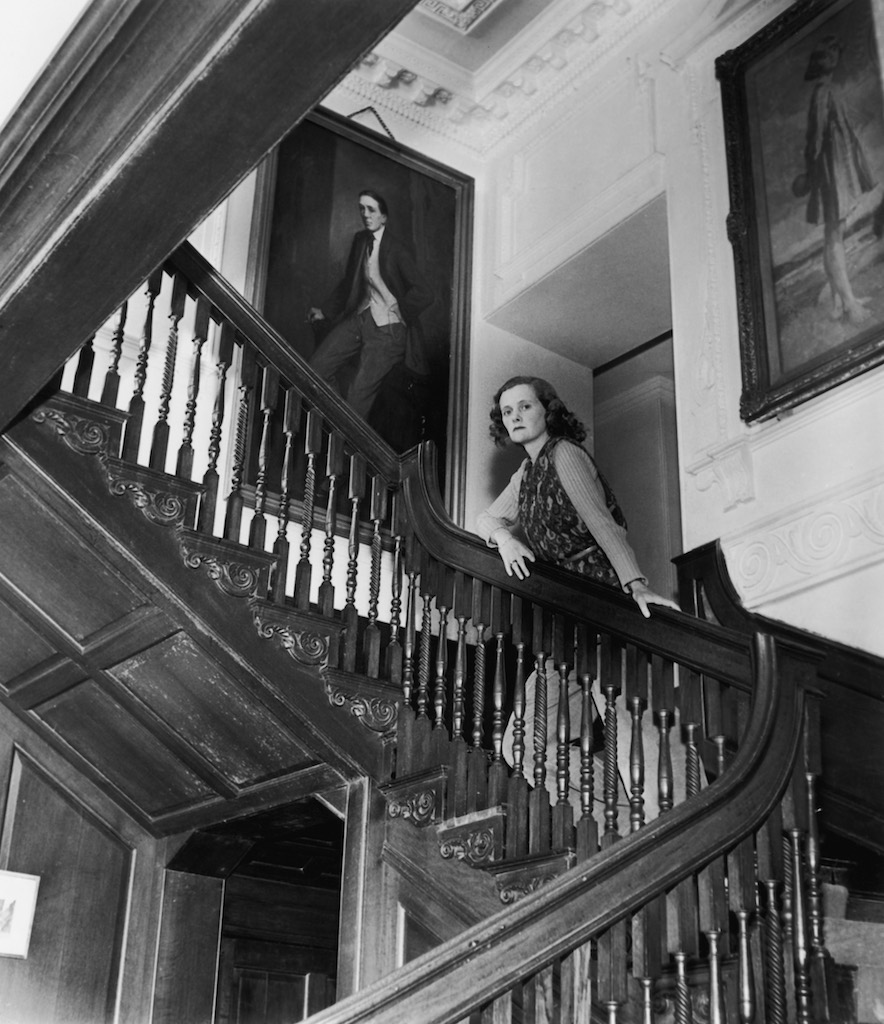
Many houses have been named the inspiration for Blandings – including Sudeley Castle in Gloucestershire, home of Lady Ashcombe. “PG Wodehouse lived in Cheltenham and would have seen Sudeley,” says Derek Maddock, Sudeley’s archivist. The burial place of Catherine Parr, it was built in 1441, and with its rose garden and lake, it is a worthy Blandings. Alas, there is nothing concrete to suggest that Blandings was inspired by Sudeley. “We’d love there to be,” says Maddock.
Famous houses in literature: Highclere Castle
Few houses remain tied to their fictional counterparts forever. Highclere Castle in Berkshire, home of the Earl and Countess of Carnarvon, and the location for ITV’s Downton Abbey, might be the exception. But if Julian Fellowes was directly inspired by a house owned by Lord Grantham, then Newby Hall in North Yorkshire is the rightful Downton.
Others have made hay. Despite Chatsworth House in Derbyshire featuring in its own right in Jane Austen’s Pride and Prejudice (1813), it has become the house best associated with the novel’s Pemberley. This link – spurred on by the house’s appearance in a 2005 adaptation of the novel – is one of many reasons 600,000 people visit Chatsworth every year.
Still, it scarcely matters if we can’t match up fictional houses to their real-life counterparts. Waugh’s cautionary epitaph to Brideshead is clear: “I am not I: thou art not he or she: they are not they.” Ridgway, Castle Howard’s curator, goes further. “You could also say, ‘it is not there.’”
Read more:

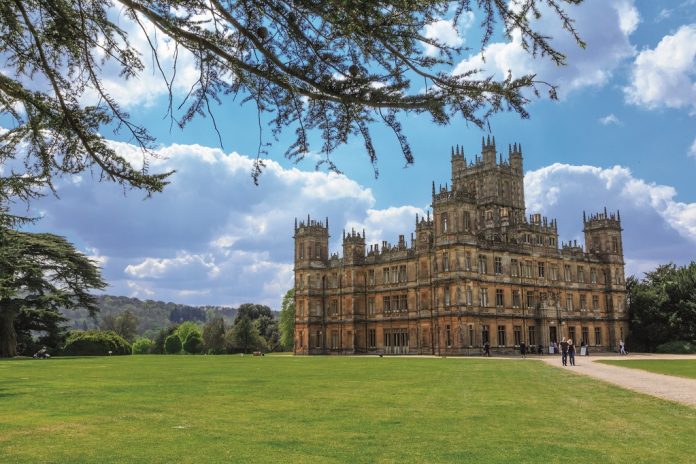




 © 2024
© 2024